
Biltwood Powder Coating
September 17, 2024
Everything You Need to Know About Compressed Air Controls
September 25, 2024The Differences Between Air Compressor Preventive Maintenance and Predictive Maintenance. And Why You Should Care.
Kaishan USA | September 18, 2024| Uncategorized
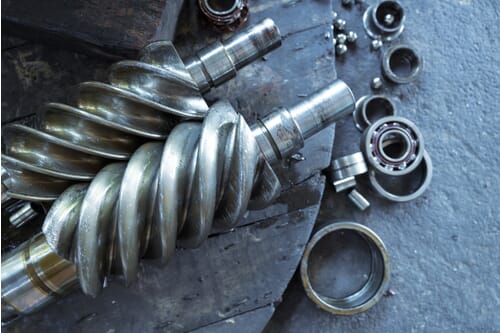
A solid maintenance program, including preventive and predictive maintenance, can allow you to keep costs under control, avoid unplanned downtime, improve reliability, maximize your investment and extend the life of your compressor.
With new techniques coming out every month or so, American companies are saving thousands of dollars and more by maintaining their compressed air systems. Optimizing the performance of their systems and, in the process, building competitive advantage. Especially compared to companies that adopt a “fix-it-and-forget-it” approach to compressed air maintenance.
Good maintenance can help you improve the operation and performance of your compressed air system in the following ways:
- Keeping costs under control, especially the monthly electricity bill. Optimize your system, cut downtime, increase equipment life, and create a safer environment for your team. All those things pay off financially.
- Managing the risk of unplanned downtime, which can be costly to production. While employees are standing around, getting paid to do nothing.
- Improve reliability. Improve the operation of your air compressor and all the related equipment like filters, dryers and coolers.
- Maximizing investment. It costs a lot to purchase and keep this equipment operating, so you’ll want to protect your investment. That requires maintaining your system to its highest level of performance, optimizing operations and avoiding costly breakdowns that damage compressors, accessories and end-use equipment. And even shut down your plant.
- Extending the life of your equipment, trading a short-term investment into an asset that pays dividends for decades.
- Eliminating costs associated with emergency replacements, like rush charges, expedited shipping costs and overtime.
You can do all that and more with a comprehensive, well-planned maintenance program featuring preventive and predictive maintenance elements.
Let’s start with preventive maintenance, a process of replacing known wear items according to a schedule of repeated intervals, based on industry-standard measures.
Preventive Maintenance
Industry research has proven that a proactive maintenance strategy can help you reduce maintenance costs by as much as 70%.
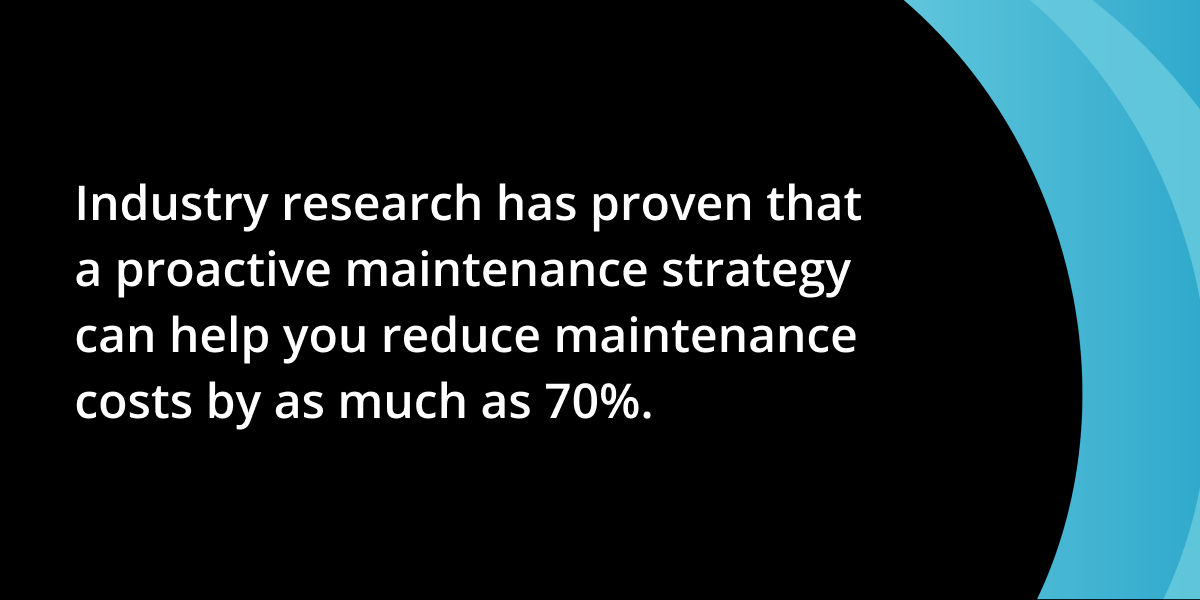
Kaishan’s new KROF two-stage oil-free compressor is an excellent choice when you need uncontaminated, highly efficient, reliable air.
Preventive maintenance is based on experience with the known usage of your equipment and the specific issues in your particular facility. With preventive maintenance, you follow a process of replacing known wear items according to a schedule of repeated intervals, based on industry-standard measures (an oil change every 8,000 hours), tempered with the known environment in your factory (shortening that interval to 4,000 hours, if your incoming air is hot, dirty or dusty or follow your manufacturer’s oil sampling recommendations).
Admittedly, it’s what most companies do. Perhaps not as faithfully as they should, however. And that creates an opportunity for you to break out by adopting and implementing a comprehensive preventive maintenance program.
The goal of preventive maintenance is to anticipate problems before they happen, addressing compressor issues that could worsen and lead to a shutdown. A good preventive maintenance program thus will pay for itself in lower service and replacement costs, reduced energy consumption (not to mention lower utility bills) and fewer costly shutdowns. The result? Fewer instances of lost production time and the associated labor and overtime costs.
A good preventive maintenance checklist includes the following “top 10 key elements”:
- Change air filters every 4,000 hours or per manufacturer’s recommendation or service indicators.
- Check the oil level before starting your compressor.
- Clean condensate traps and drains daily.
- Use only OEM-specified oils and lubricants.
- Change the oil separator and lubricant every year, every 8,000 hours or as per machine guidelines or 4,000 hours when food grade (or as indicated by your oil sample).
- Sample oil every 2,000 hours or 1,000 hours for food-grade lubricant.
- Repair system air leaks as quickly as possible.
- Use only quality OEM parts.
- Maintain your warranty eligibility.
- Adopt a consistent air compressor maintenance program.

It’s a best practice to change your compressor oil every 8,000 hours (or 4,000 hours for facilities with hot, dirty or dusty ambient air.
Vibrations and Sound Levels
You’ll also want to check sound levels and vibrations, which can indicate leaks or other problems with your system.
Leaks are a constant concern, of course. Compressed air systems lose between 30% and 50% of their volume to air compressor leaks, with poorly maintained systems running as high as 80%.
But remember, monitoring for sound leaks and other vibrations is only the start since 80% of leaks are not in the audible range. For those leaks, you’ll need leak detection equipment. For more information on the topic, go to our recent blog, “Air Compressor Leaking? How to Find and Stop Leaks”.
Kits: A Recent Addition
One recent addition to the preventive maintenance playbook is the development of “kits,” containing everything you need to complete a replacement.
For example, manufacturers have created kits containing all the parts and accessories needed to change out the inlet valve on your compressor. Other examples include kits for your compressor’s minimum pressure valve and other parts that see a lot of cycles. The goal is to take your equipment down on your schedule. Not when a crucial part fails.
For more preventive maintenance tools, read our blog post, “Ten Need-to-Know Rotary Screw Air Compressor Maintenance Tips.”
The other major approach to maintenance is predictive maintenance. Rather than following a defined schedule of maintenance and repair, predictive maintenance uses cutting-edge tools to monitor performance data on your equipment for clues that a part is about to fail.
Predictive Maintenance
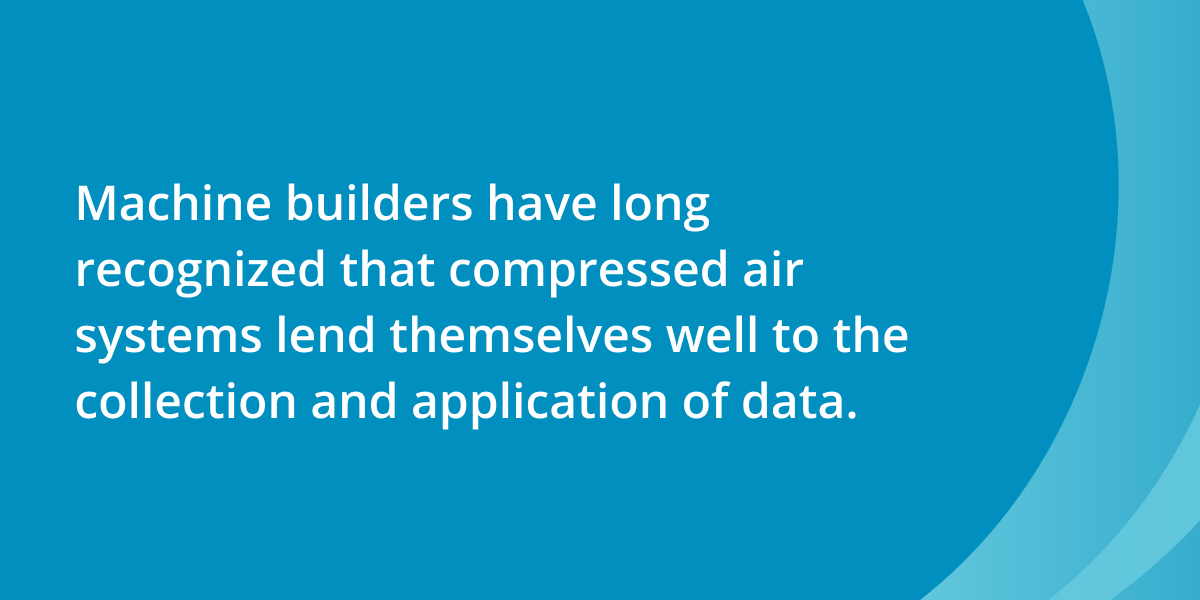
Sensors built into compressed air equipment and end-use tools measure crucial performance data across the factory floor, capturing temperatures, pressures, flow rates, cycle times, valve response rates and more. [For more on using the data collected by your system, read our blog post, “Twelve Reasons Why You Should Be Monitoring Air Compressor Data.”
All that data can now be put to good use, giving us an unprecedented opportunity to monitor your air compressor system. As a result, you can now:
- Monitor your system remotely. Enjoy 24/7 remote access to your air compressor data, tracking system performance and identifying readings that are out of spec. So, you can fix problems before they start.

Most monitoring systems allow 24/7 remote access to air compressor data.
- Get alerts and notifications. Receive notifications when your pressure drops, electricity consumption rises too abruptly or air quality begins to drop. Giving you time to take corrective action. Trend logging helps identify anomalies such as excessive leaks or misuse of pneumatic equipment.
- Enhance safety. Identify equipment issues well before they reach the breaking point. And avoid accidents that result in damage, lost production and even injuries to your staff.
The bad news is that capturing and using that data takes some effort. The good news is that technology has advanced well beyond the manual data collection stage. The same drive to capitalize on this rich information resource (and put it to good use) is behind the smart factory movement and related approaches like the Industrial Internet of Things (IIoT) and Industry 4.0.
There are three main ways to take advantage of the data your air compressor is generating. They include the following choices.
Simple Level
At the simplest level, you can pull alarms and warnings off your compressor controller or a pressure transducer for system pressure and monitor basic parameters like air pressure. The cost is small, and the demands on your IT department are minimal. Plus, in the event of a power failure, your measurements will come back online at the same time as your automation program.
Modbus Remote Monitoring and Controls
You can also connect the parts of your air compressor system, including compressors, dryers and other equipment, using a Modbus interface.
Kaishan equips its KRSP and KRSP2 premium rotary screw air compressors with a Modbus-compatible control system allowing them to work with almost any communications protocol. As a result, they are fully compatible with virtually any remote monitoring system.
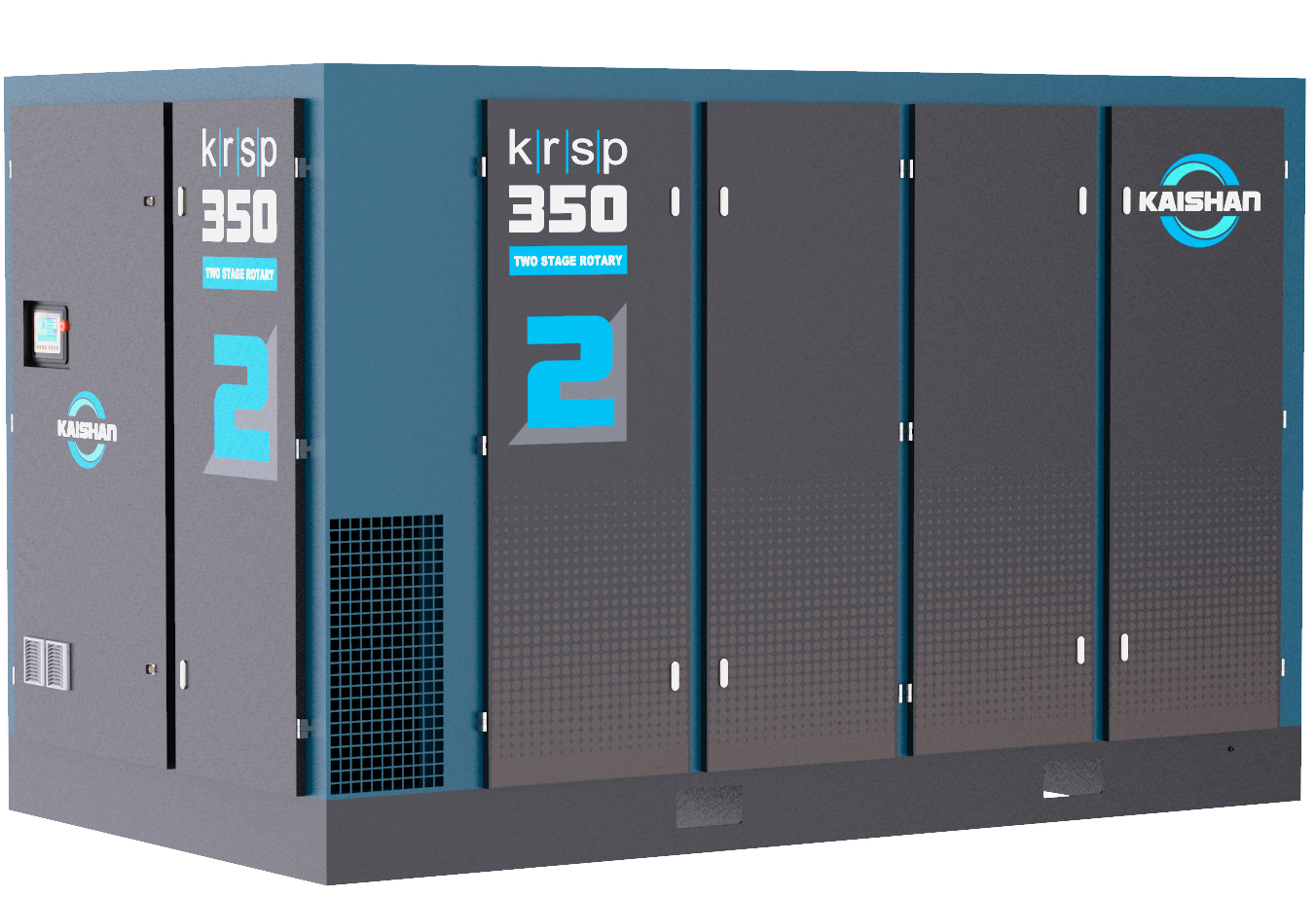
AirWatch
Our most advanced connection is through our AirWatch system, which uses a wireless-based cellular modem to allow real-time monitoring of your air compressor data through any connected device, from a desktop to a cell phone.
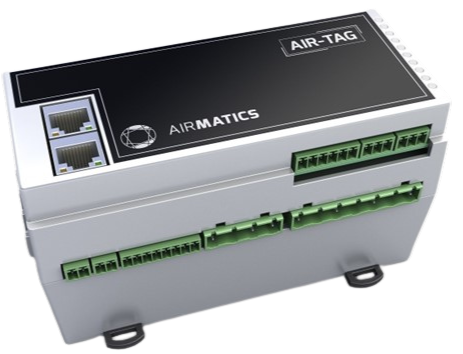
You can customize alerts about warnings and shutdowns. And format logging and trend analysis according to your preferences. You can even give your local distributor or air compressor professional access to the system so that they can respond if you choose.

With our AirWatch system, you can even give a consultant access to your air compressor data.
The result is you will have 24/7 access with 360 visibility into your air compressor’s status, allowing you to optimize its performance and efficiency.
The wireless approach is a game-changer in that it avoids the nightmare of going through your IT department, enterprise software system and factory automation infrastructure.
For more on integrating your compressed air equipment into smart factory systems, read our blog post, “Air Compressor Monitoring Tools for a Smart Factory.”
Make Maintenance a Priority
As with all the other equipment in your plant, your air compressor needs attention occasionally. Your data monitoring system will issue alerts and notifications when maintenance is required. Good maintenance, in turn, more than pays for itself in improved performance, greater reliability and reduced downtime.
In short, compressed air maintenance, both preventive and predictive, has never been more important. That’s why we recommend that all our customers work with a local compressed air professional to create a comprehensive compressed air maintenance program.
Kaishan USA works with a nationwide network of independent distributors, who can help you design a maintenance program that meets the needs of your facility. Plus, they can provide on-site help and consultation and service your air compressor system without a problem.
Key Takeaways
- Several significant trends promise to add greater flexibility, energy savings and air quality to compressed air systems.
- New techniques allow companies to save thousands of dollars and more by maintaining their compressed air systems.
- Good maintenance helps you cut costs, reduce downtime, improve reliability, maximize your investment, extend the life of your equipment and avoid the cost of emergency replacements.
- A proactive maintenance strategy can help you reduce maintenance costs by as much as 70%.
- The goal of preventive maintenance is to anticipate problems before they happen.
- Predictive maintenance allows you to anticipate problems by monitoring the data provided by sensors built into your compressed air system.
Let Us Help
Maintaining your rotary screw air compressor is critical to the operation of your compressed air system and all the end uses that rely on that system. If you need help creating a comprehensive compressed air system, get in touch with the experts at Kaishan. Contact us today.
Random stat or
customer quote
textXXtext
text

